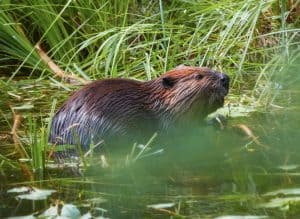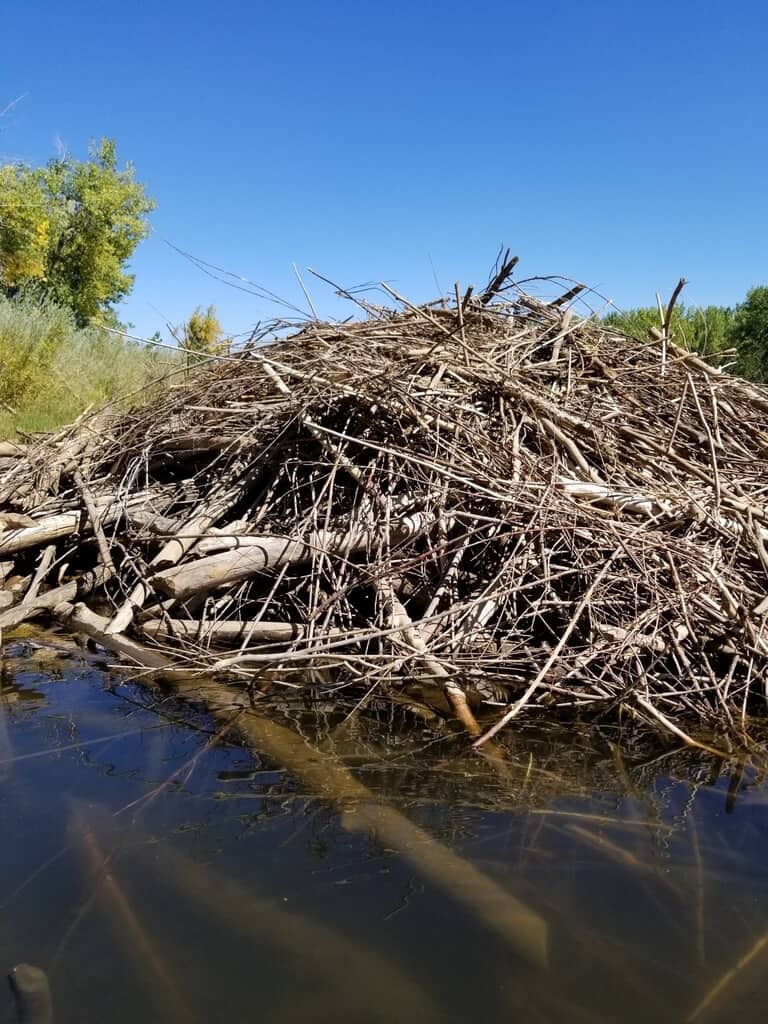Nature’s hydrohalic engineer happens to come in the form of North America’s largest rodent. They’re brilliant and bodacious and certainly worthy of celebration, raise some woody flora up for the North American Beaver.
Fast Facts

Long revered for their lustrous vanilla scented fur and admired for their tree felling finesse, beavers aren’t your typical rodent. While it’s no secret that these incredible craftsmen construct dams to flood areas for access to food and protection, there’s much more to beavers than meets the eye. Did you know that beavers are older than the United States? Prior to European settlement in North America, it is estimated that beaver populations ranged anywhere from 60-400 million. This changed drastically throughout the 17th and 18th centuries when beavers were trapped for their fur and their fragrant castoreum was harvested for the production of perfumes. Beaver trapping became such a lucrative trade that once eastern populations were depleted, competition arose, and trappers pushed west inciting a California “fur rush” that led to some of the earliest American settlement in the state.
A Creature Worth Protecting

Attempts to protect the beaver first appeared in the late 19th century and although modern conservation efforts have been successful, beaver populations still sit at a fraction of what they once were. There’s no denying the brilliance of beavers, but you still may find yourself asking why are beavers important? In the simplest terms, beavers alter landscapes. Their handiwork can create wetlands, improves water quality, and promotes biodiversity. Though sometimes considered a pest for settling in developed areas, beavers are actually a keystone species that have a positive influence on their ecosystems. By creating wetlands through damming, beavers reduce soil erosion and help filter pollutants whilst also promoting diversity of both plants and animals. The creation of these incredibly lucrative wetlands also helps to lower the risk of flooding, as they act as natural sponges to slow the flow of water.
Location, Location, Location
Beavers are as resilient as they are brilliant and are found throughout much of the United States. Beavers can also be found throughout the state of Maryland and there have even been a few sightings of beavers right here in the Coastal Bays watershed!

In addition to being highly intelligent, beavers are also undeniably charismatic, they’re family-oriented creatures who mate for life. Beavers don’t reach maturity until they’re about two years old and stay close to their parents until then, learning how to dive, construct dams, and build lodges. Beavers are vocal and use a complex series of squeals to communicate with each other.
We say with “damming” evidence that beavers are a force to be reckoned with. Cheers to you, America’s captivating carpenter!
About the Author
Maddie Talnagi is currently serving as the MCBP’s Chesapeake Conservation Corps member. Maddie is a recent graduate of The College of William & Mary where she studied psychology and history. At MCBP, Maddie assists with wetland assessments, restoration monitoring, the Oyster Gardening Program, and water quality monitoring efforts. Maddie is passionate about coastal resilience and mitigating the effects of climate change and hopes to continue her education by pursuing a master’s degree in conservation and environmental management.

